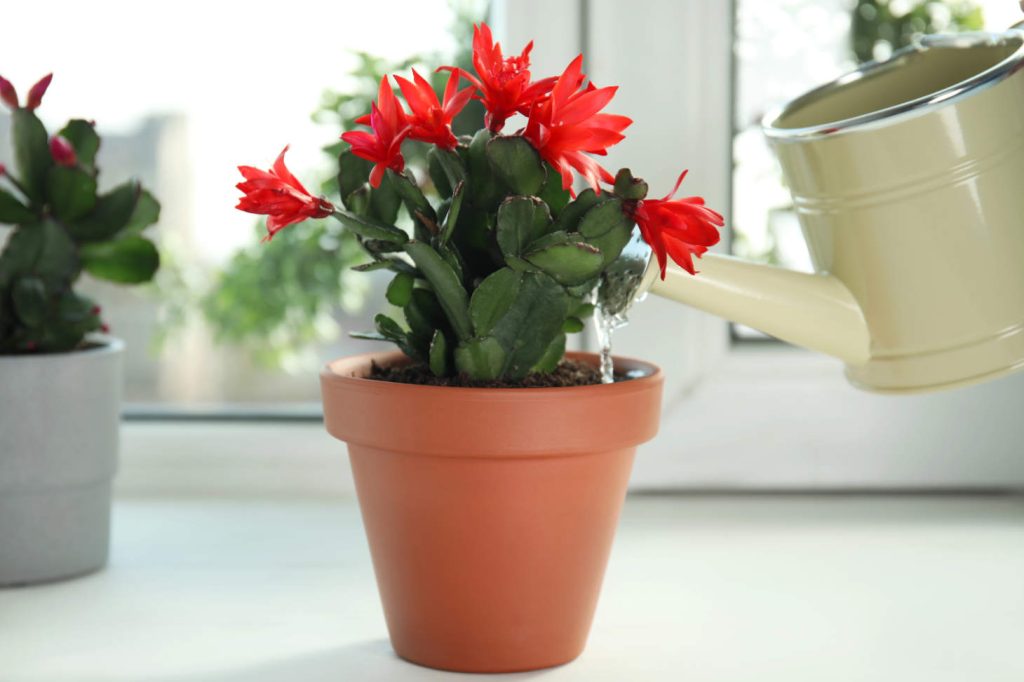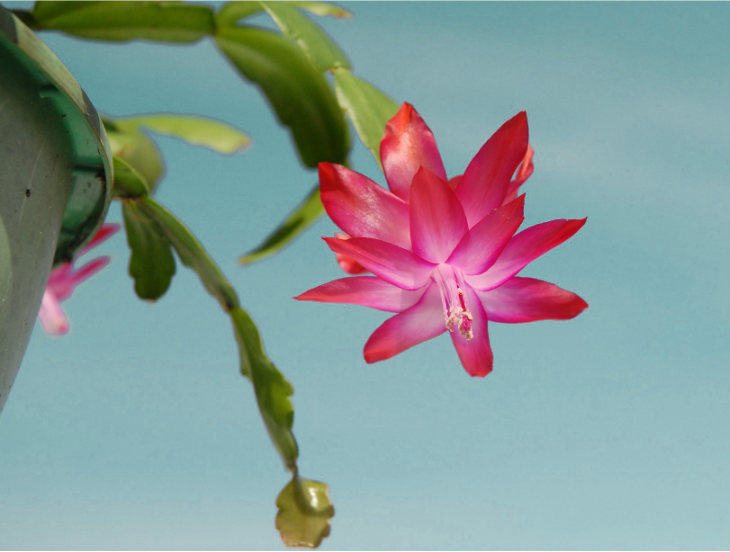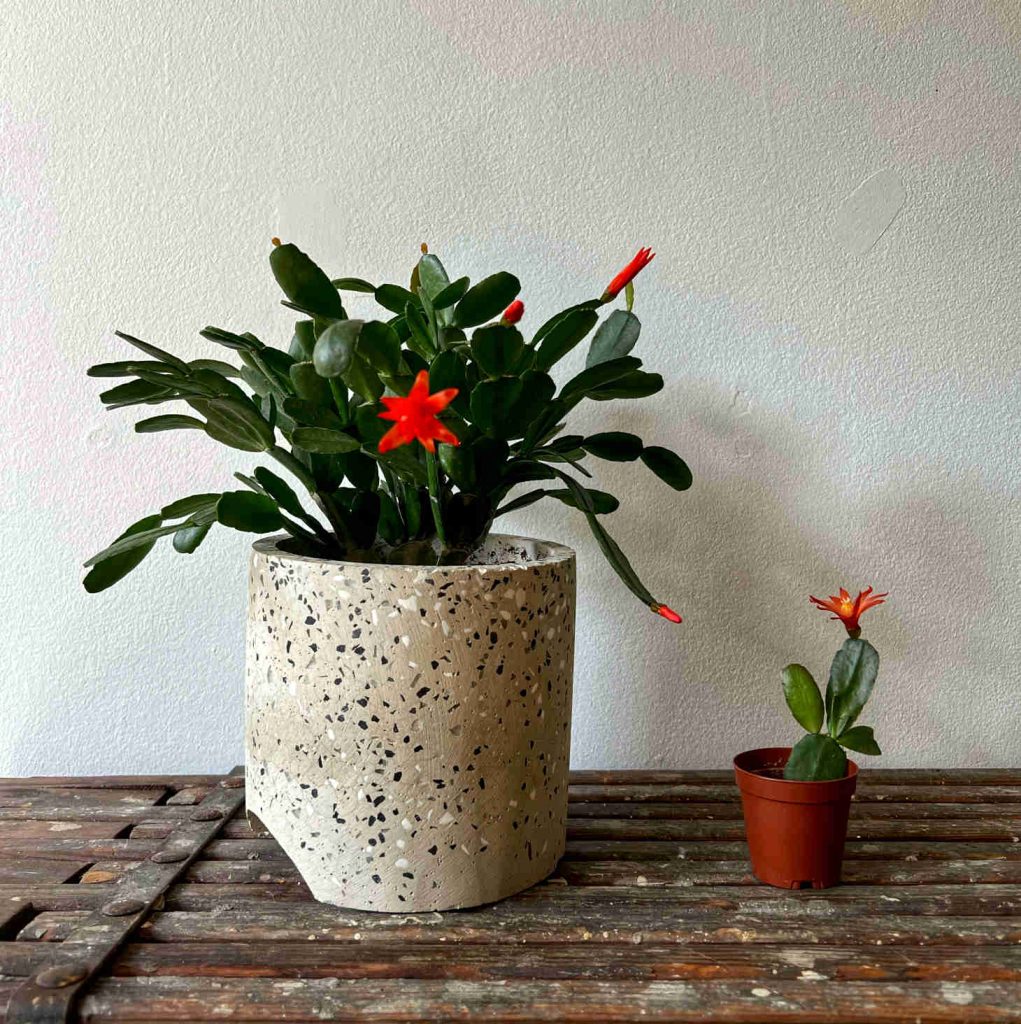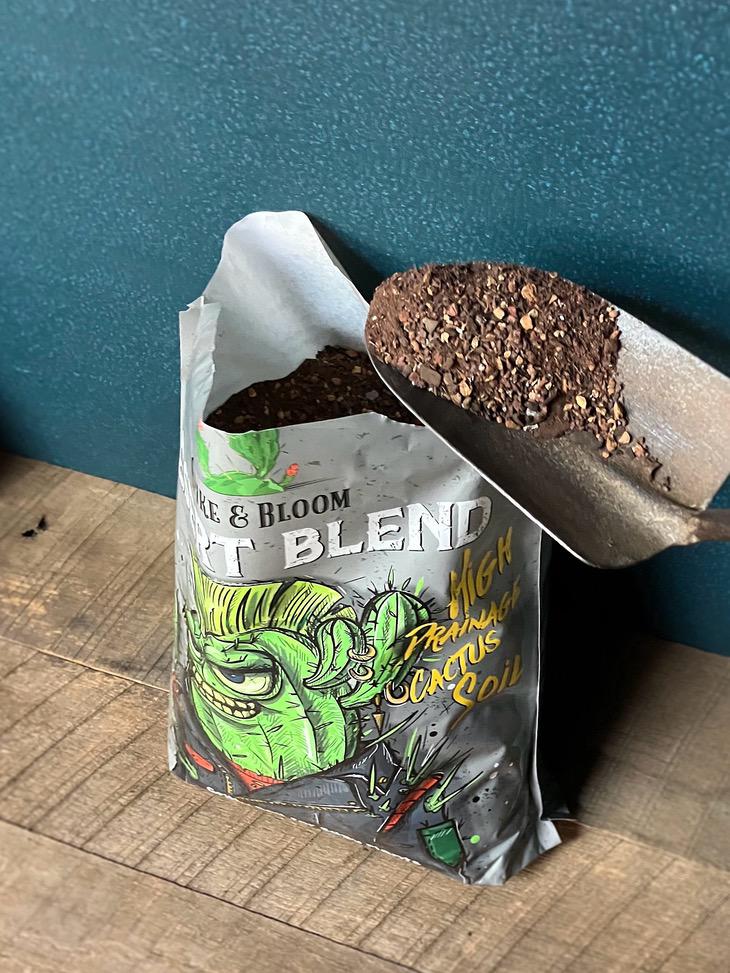Dividing a Christmas Cactus
Dividing a Christmas cactus is a simple way to keep your plant healthy and to create new plants for your home or to share with friends. You can easily split a large Christmas cactus into two or more sections by cutting through the roots with a sharp knife and repotting each piece. This process helps control the size of your plant and encourages new, strong growth.
Knowing when and how to divide your Christmas cactus makes a big difference for its long-term health. You don’t need many tools, just a clean knife, fresh potting soil, and water. With a few easy steps, you’ll help your cactus thrive and possibly double your collection.
Key Takeaways
- Dividing helps keep your Christmas cactus healthy and manageable.
- Simple steps and basic supplies are all you need.
- Each division can grow into a strong new plant.
Understanding When and Why to Divide Christmas Cactus

Dividing your Christmas cactus can help manage its size and encourage healthy new growth. Knowing when to divide and what signs to look for makes it easier to keep your houseplant thriving, whether you enjoy it at home or give pieces away as gifts.
Optimal Timing for Dividing
The best time to divide a Christmas cactus is typically after blooming, but it can also be done in late spring or summer for better recovery and growth. Dividing at this stage helps avoid stressing the plant.
Avoid dividing your cactus when it is starting to bud or flower. During blooming, the plant is putting energy into producing flowers. Disturbing the roots or stems at this time can reduce the next bloom’s quality or even prevent flowering.
If you want to combine dividing with repotting, do both tasks at this time. Christmas cacti often need new pots after several years, especially if the roots fill the container.
Signs Your Christmas Cactus Needs Dividing

A few clear signs show when your Christmas cactus should be divided:
- Roots crowd the pot: Check if roots are poking from drainage holes.
- Soil dries out fast: Pot-bound plants use water quickly.
- Growth slows: Stems stop making new growth or look thin.
- Plant is too large: When your cactus grows over the edge or becomes hard to move.
Also, if you notice that your cactus is not producing as many flowers, it may be overcrowded and in need of more space. Sometimes, parts of the plant will start to yellow or wilt despite proper care, also signaling that dividing will help.
Benefits for Plant Health and Flowering

Dividing your Christmas cactus gives crowded roots space to grow, which leads to healthier plants with more robust blooms. After dividing, you may notice more new growth as the plant recovers and spreads out in fresh soil.
Divided cacti, meaning those with adequate spacing or healthy cuts, benefit from improved air circulation around their stems. This reduces humidity, which in turn lowers the risk of rot and disease, making them easier to maintain as houseplants.
You can use divisions as gifts for friends and family. Each section can become a new houseplant, making dividing an easy way to share the joy of this unique flowering plant.
Essential Supplies and Preparation
Before dividing your Christmas cactus, gather the correct tools and materials so the process goes smoothly. Using sharp tools, a well-draining soil mix, and clean pots helps your plant recover faster and grow well.
Choosing the Right Tools
Start with a clean, sharp knife or pair of garden shears. This helps you make neat cuts and lowers the risk of damaging the plant. Dull or dirty blades can crush the stems or spread disease.
You may want to keep a pair of gloves handy to protect your hands from any rough edges. Clean your tools before you begin by wiping them with rubbing alcohol or washing them in soapy water.
A small container of water will be useful for rinsing off soil from the roots if needed. Gather all your supplies before you start, so you don’t need to stop midway.
Selecting Potting Soil and Rooting Medium
Christmas cacti need soil that drains well but keeps just enough moisture. Use a well-draining potting mix made for cacti, succulents, or mix your own. Combine 2 parts coco (or peat moss), 1 part potting soil, and 1 part coarse sand, perlite, or vermiculite for optimal drainage.
If you’re rooting cuttings, prepare a light rooting medium using equal parts peat and perlite or coarse sand. Rooting hormone is helpful but not required. Dip the cut ends lightly in rooting hormone powder before planting if you wish.
Avoid heavy garden soil or mixes that stay soggy. Good drainage helps prevent rot and allows roots to grow strong.
Preparing Pots and Work Area
Pick clean pots with drainage holes. These can be plastic, clay, or ceramic, as long as they let excess water escape. The new pot should be only slightly larger than the root ball to stop root rot and overwatering.
Wash your pots with hot, soapy water if they have been used before. Set up your work area on a table covered with newspaper or a drop cloth for easy cleanup. Have all your supplies, soil, and tools nearby.
Make sure you have good lighting and enough space to work without bumping or damaging stems. A tidy, organized space helps you work quickly and lowers the risk of accident or mess.
Step-By-Step Guide to Dividing Christmas Cactus

Dividing a Christmas cactus helps the plant stay healthy and makes it easy to grow new plants. By working with the root ball, separating the roots, handling cuttings carefully, and watering correctly, you can increase your chances for success.
Removing the Plant and Examining the Root Ball
Start by choosing a healthy Christmas cactus that shows active growth. Gently remove the plant from its pot, holding it at the base to avoid breaking off any stems or segments.
Shake off loose soil from the roots to see the root ball clearly. A healthy root system should look white, firm, and spread throughout the soil. Use your fingers to carefully loosen the root ball so you can see where natural divisions exist.
If you see any dead or rotting roots, trim them away with clean scissors. Identifying strong sections of roots helps you know where to divide the plant for the best results.
Separating the Root System Safely
Lay the Christmas cactus on a flat surface. Look for places where the roots naturally separate into smaller clumps with several shoots attached. Each section should have several stems and a good portion of roots.
Use a sharp, sterile knife or garden scissors to cut through the root system if it does not come apart by hand. Make sure your tool is clean to avoid spreading disease between sections.
Divide the plant into two to four pieces, based on the overall size and health of the root system. Avoid cutting too close to the base of the stems, as damaging roots here can slow new growth.
Handling Cactus Cuttings and Shoots
Once you’ve divided the root ball, handle all cuttings and shoots gently. Avoid pulling or tugging at the stems, since Christmas cacti are fragile and segments can snap off easily.
If any leaf segments break off during division, you can use these as extra cactus cuttings. Let fresh cut ends dry for a few days until they callus over before planting, to help prevent rot.
Arrange the divided sections so that each part stays together and the stems are not bent. This care helps keep the plant strong as it begins to settle into new soil.
Repotting and Watering After Division

Fill new pots with a succulent or, well-draining cactus mix. Plant each divided section in its own pot, making sure the roots are covered and the base of the plant is even with the surface of the soil.
Press the soil gently around the roots. Avoid packing it too tightly, as roots need some space to grow and spread out.
Water each new plant lightly right after repotting. The soil should be moist but not soggy. Wait a week before the next watering, then move to a regular watering schedule. Avoid letting the pots sit in standing water to keep roots from rotting. Provide bright, indirect light as the plants recover and start to grow.


